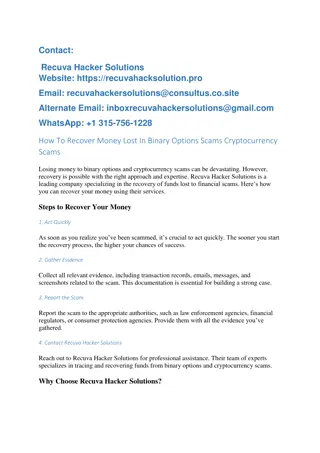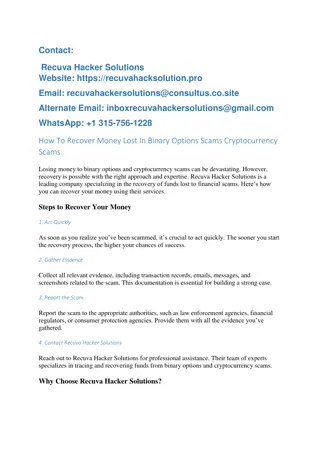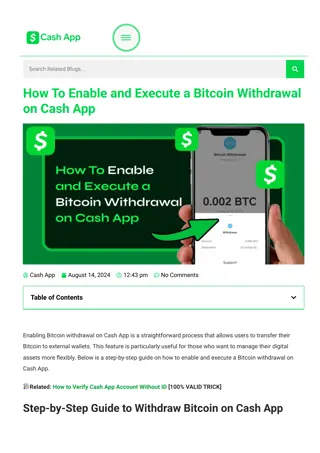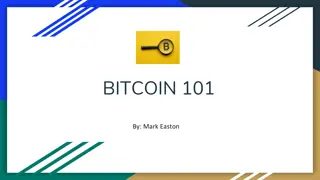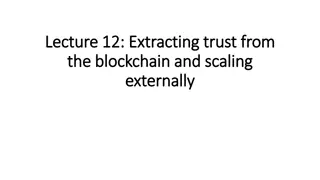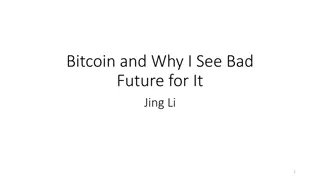Subverting Bitcoin
Delve into the intricate world of Bitcoin mining, consensus mechanisms, and Nash equilibrium. Explore the implications of the 51% attack, selfish mining strategies, and the delicate balance required to maintain the stability of the cryptocurrency. Uncover the nuances of conflicting blocks, the importance of hash power majority, and the potential risks posed by malicious actors seeking to disrupt the network.
Download Presentation

Please find below an Image/Link to download the presentation.
The content on the website is provided AS IS for your information and personal use only. It may not be sold, licensed, or shared on other websites without obtaining consent from the author. Download presentation by click this link. If you encounter any issues during the download, it is possible that the publisher has removed the file from their server.
E N D
Presentation Transcript
Subverting Bitcoin David Evans and Samee Zahur
Mining Why do we need miners?
Consensus Majority of hashing power has voted for transactions on longest chain. It is costly to increase voting power Players are not motivated to cheat
The 51% attack! If any party controls majority of hashing power, they can: Undo the past Deny mining rewards Undermine the currency
Nash Equilibrium Or, can selfish miners keep Bitcoin stable?
Nash equilibrium It is a configuration of strategies such that no participant can do better by unilaterally changing their own strategy.
Prisoners Dilemma B B stays loyal 1,1 0,3 B B defects 3,0 2,2 A A stays loyal A A defects
if we gain a lead: withhold blocks mine on private chain else if lead shrinks, but is still at least 2: reveal blocks to keep abreast with public chain else if lead drops below 2: reveal all blocks mine on public chain
Worries Rational miners will prefer to join the selfish miners, and the colluding group will increase in size until it becomes a majority. At this point, the Bitcoin system ceases to be a decentralized currency. Majority is not Enough: Bitcoin Mining is Vulnerable Ittay Eyal, and Emin G n Sirer
Detecting selfishness Orphaned blocks Timing hints More at: How to detect selfish miners by Ittay Eyal, and Emin G n Sirer, http://hackingdistributed.com/2014/01/15/detecting-selfish- mining/
Next up Revised checkup 2 answers Next class: mining pools
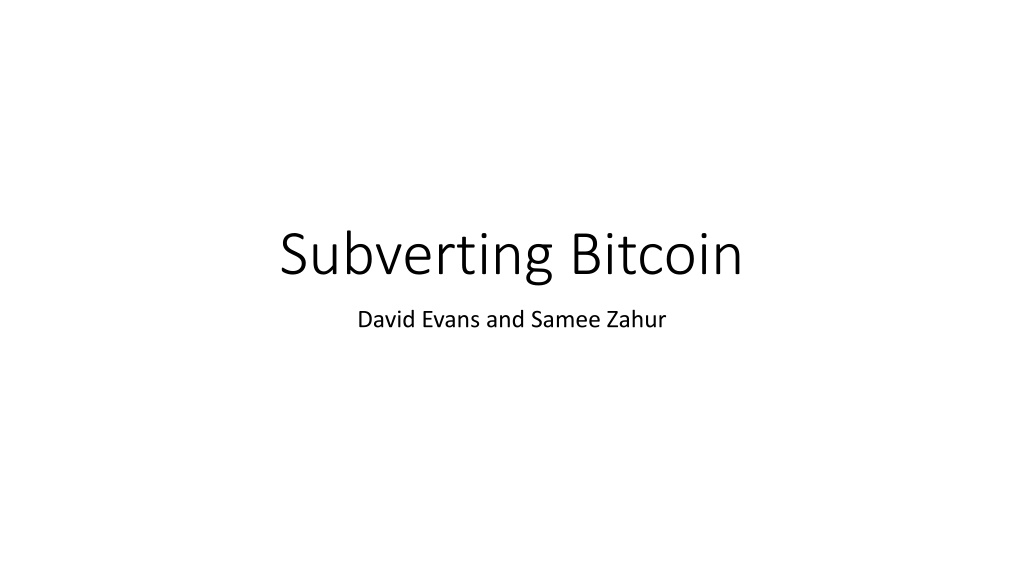





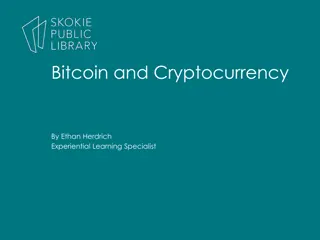

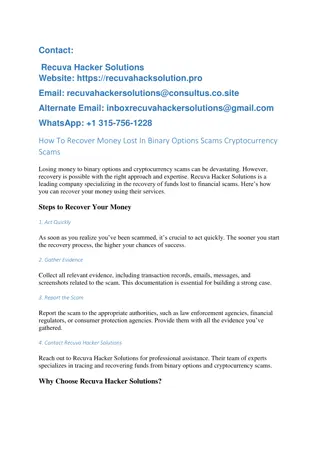
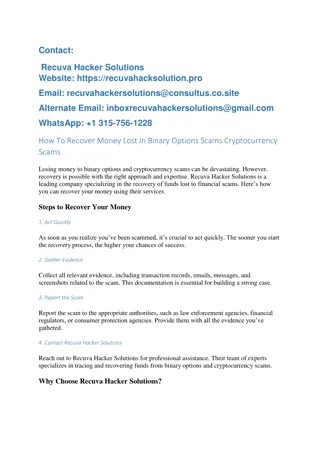
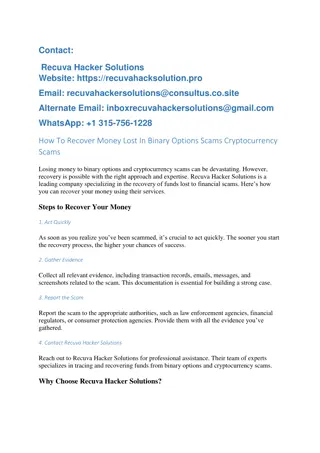
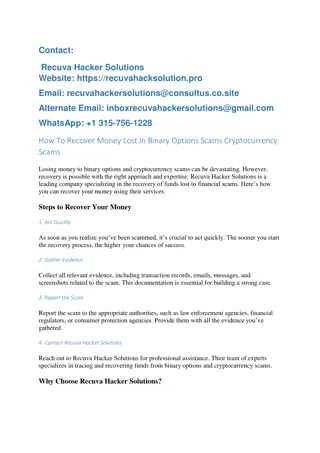
![101 Reviews How to Recover Lost Bitcoin [Scammed/Stolen Funds]](/thumb/153354/101-reviews-how-to-recover-lost-bitcoin-scammed-stolen-funds.jpg)
